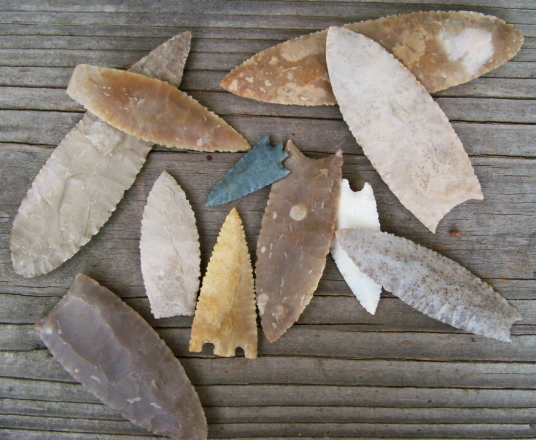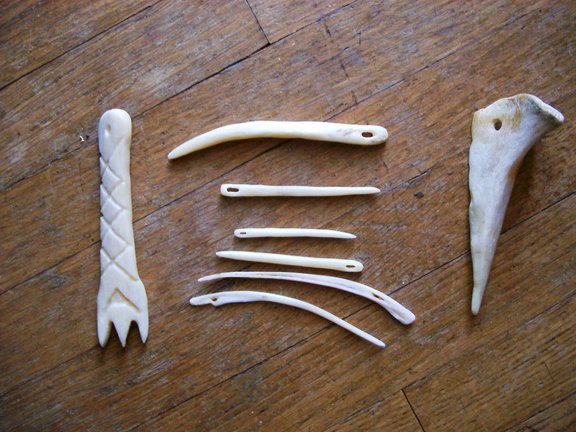Anybody who wants the handouts I made available during the wilderness gathering, send me an Private Message, and I'll mail them to you. The instructions explain how to make an arrowhead from a beer bottle bottom. However, the techniques you learn with these instructions, work with other material such as fint and obsidian too.
The main difference in working flint as opposed to obsidian, is that with obsidian and glass, you can slowly build up the pressure when pressure flaking to get nice long flakes. With flint, the pressure needs to be more of an explosion to create any length of flake.
I used to teach glass first also (as some people mentioned) But now I've switched to flint only. Glass may be easier, but if I can teach people flint, then they can knap with every material, as flint is one of the harder materials and requires a perfect technique.
Any questions, let me know, and I'll see if I can answer them on this forum.
PS, John Lord really is the UK's master. as for books, the best one I found is: "flintknapping, Making and understanding stone tools" by John c. Whittaker (ISBN: 029279083x)

 ) One of the first things I made was beautiful barbed arrowhead "As good as any in the museum" the expert told me
) One of the first things I made was beautiful barbed arrowhead "As good as any in the museum" the expert told me 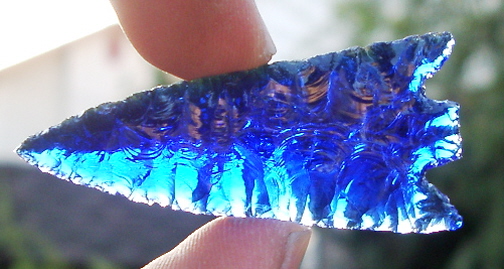
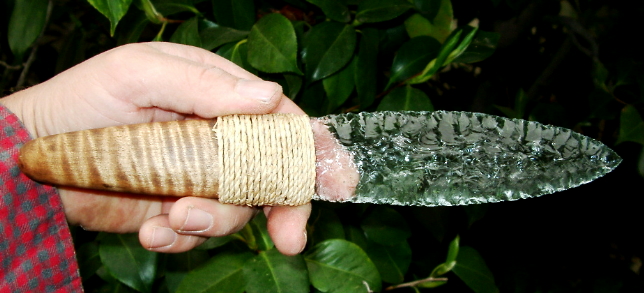
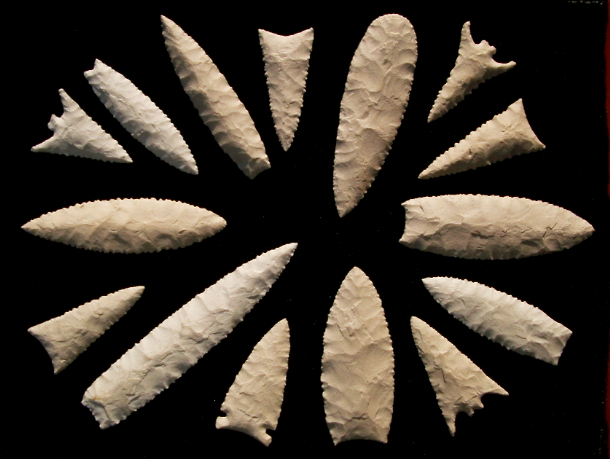
 :bling:
:bling: 

